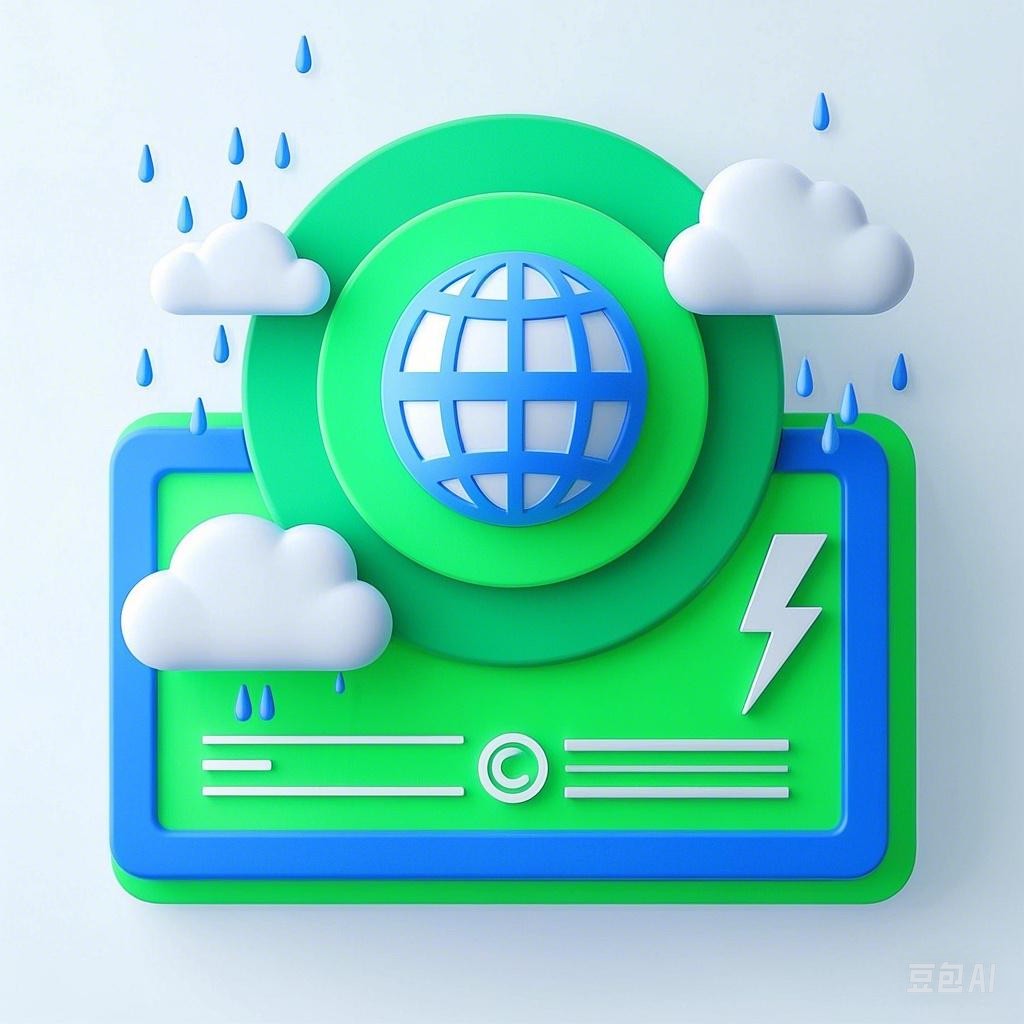Introduction
Oceanic disasters, such as tsunamis, hurricanes, and cyclones, pose significant threats to coastal communities worldwide. These events can cause widespread destruction, loss of life, and long-term environmental damage. Preparing for such disasters is crucial for ensuring the safety and well-being of individuals and communities. This article provides a comprehensive guide on how to prepare for oceanic disasters, including understanding the risks, creating emergency plans, and taking practical steps to mitigate potential damage.
Understanding Oceanic Disaster Risks
Types of Oceanic Disasters
- Tsunamis: These are large waves generated by underwater disturbances, such as earthquakes, volcanic eruptions, or landslides.
- Hurricanes: These are tropical cyclones that form over warm ocean waters and can bring strong winds, heavy rainfall, and storm surges.
- Cyclones: Similar to hurricanes, cyclones are intense storms that form over warm ocean waters in tropical or subtropical regions.
Identifying High-Risk Areas
To prepare effectively, it’s essential to identify if you live in a high-risk area for any of these disasters. This can be done by:
- Consulting local government resources or disaster management agencies.
- Researching historical data on past oceanic disasters in the area.
- Being aware of geological features that may increase the risk, such as fault lines or coastal topography.
Creating an Emergency Plan
Emergency Kit
An emergency kit should include essential supplies to sustain you and your family for at least 72 hours. This includes:
- Water (one gallon per person per day)
- Food (non-perishable items like canned goods, energy bars, and a manual can opener)
- First aid kit
- Flashlight and extra batteries
- Battery-operated radio and a NOAA Weather Radio with tone alert
- Whistle to signal for help
- Dust masks, plastic sheeting, and duct tape to shelter-in-place
- Wrench or pliers to turn off utilities
- Sanitation and personal hygiene items
- Important family documents (birth certificates, identification, insurance policies)
- Cash and change
Communication Plan
Establish a family communication plan that includes:
- Designating an out-of-area contact person for family members to call if separated during a disaster.
- Identifying meeting places, both near your home and outside your immediate area.
Evacuation Plan
If you are advised to evacuate, have a plan in place:
- Know the evacuation routes and shelters in your area.
- Have a checklist of items to bring when evacuating.
- Keep your vehicle fueled and ready for an evacuation.
Practical Steps to Mitigate Damage
Home Preparedness
- Secure your home to withstand high winds and storms.
- Elevate or reinforce structures that are vulnerable to flooding.
- Install storm shutters or boards to protect windows.
- Clear debris from your yard and roof to reduce the risk of damage.
Community Preparedness
- Participate in community drills and emergency exercises.
- Support local efforts to improve infrastructure, such as sea walls and flood barriers.
- Engage in public education programs to raise awareness about oceanic disasters.
Conclusion
Preparing for oceanic disasters requires a proactive approach that includes understanding the risks, creating a comprehensive emergency plan, and taking practical steps to mitigate potential damage. By being prepared, individuals and communities can minimize the impact of these devastating events and ensure their safety and well-being.
